A Missile Attack Sunk a Prized Russian Cruiser. So Are Surface Warships Obsolete Now?
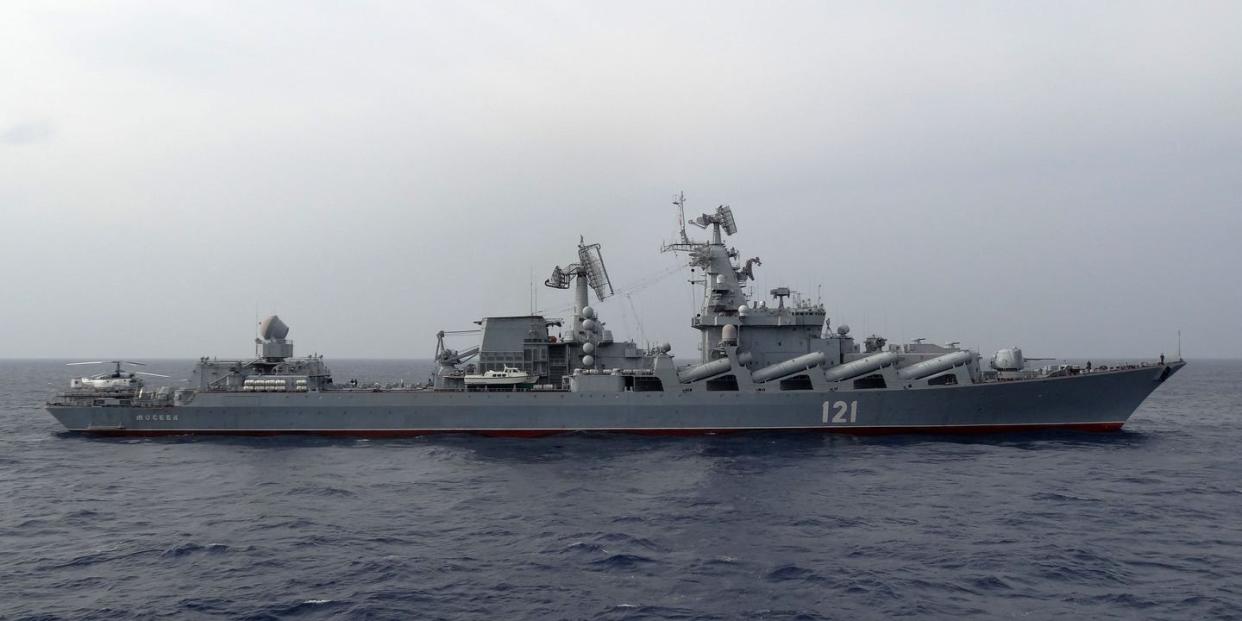
Ukraine’s dramatic sinking of the cruiser Moskva has one U.S. lawmaker suggesting it’s time to submerge the fleet.
An article in Defense News suggests that the U.S. Navy needs to increase its submarine fleet to survive a future naval conflict.
While surface ships are vulnerable to missile attack, Moskva will likely prove an outlier in the history of naval warfare.
Should the U.S. Navy build more submarines to avoid missile attacks like the one that sank Russia’s Black Sea Fleet flagship, Moskva, last month? Representative Joe Courtney (D-Connecticut) argues in a recent op-ed that Moskva’s demise proves anti-ship cruise missiles are a serious threat, and the Navy should be ringing alarm bells. While more submarines are always a good idea, the Navy still needs a varied fleet above the waves to fortify itself against enemies in the world’s oceans.
The article, published May 3 at Defense News, advocates for not only a strong Navy, but a “survivable” one. Courtney says the U.S. government, in the wake of the big cruiser’s sinking, needs to take an “honest look” at “whether the platforms we are fielding to engage our adversaries are both relevant and survivable in modern naval warfare.”
✈ Don’t miss any of our best-in-class military and defense news. Join our squad for full access to Pop Mech Pro.
(Rep. Courtney’s congressional district includes General Dynamics Electric Boat, the Groton, Connecticut-based shipyard that builds Navy submarines. As a representative whose constituents work at the shipyard, he has an interest in the Navy building more submarines. But his question is a fair one, especially given the dramatic circumstances behind Moskva’s sinking.)
The Russian guided-missile cruiser Moskva came under attack in mid-April. Two Ukrainian Neptune anti-ship missiles launched from shore and attacked the ship, located approximately 50 nautical miles off the southern coast of Ukraine. The missiles smashed into the ship’s port side, starting fires that led to the ship being abandoned at sea. Moskva later sank under tow on its way to the port of Sevastopol. Hundreds of its crew are estimated missing and likely killed in action.
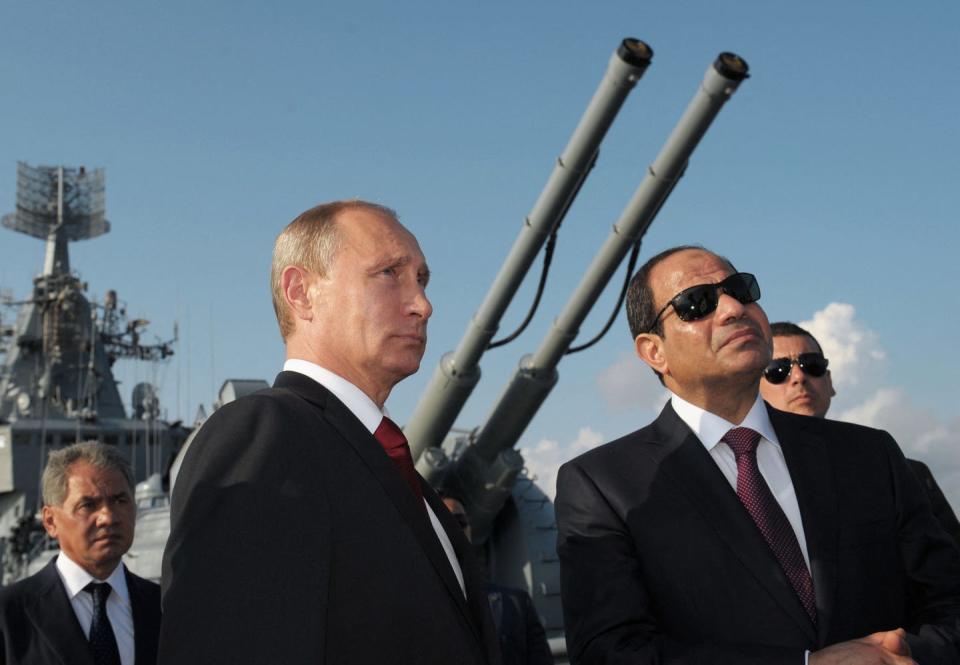
The Neptune missiles were in many ways typical anti-ship cruise missiles (ASCMs). Neptunes are launched from truck-mounted canisters using a booster rocket. Shortly after launch, the booster burns out and falls off, the missile having achieved the necessary speed to engage the onboard turbine engine. The engine, a smaller version of the engines found on passenger planes, propels the missile at subsonic speed, typically around 600 miles per hour.
ASCMs fly low (often 30 feet or less above the waves) in order to avoid detection. Shortly after launch, a nose-mounted radar switches on and begins searching for a target. Once a target is detected, the missile homes in, impacts the ship, and detonates a 330-pound blast fragmentation warhead.
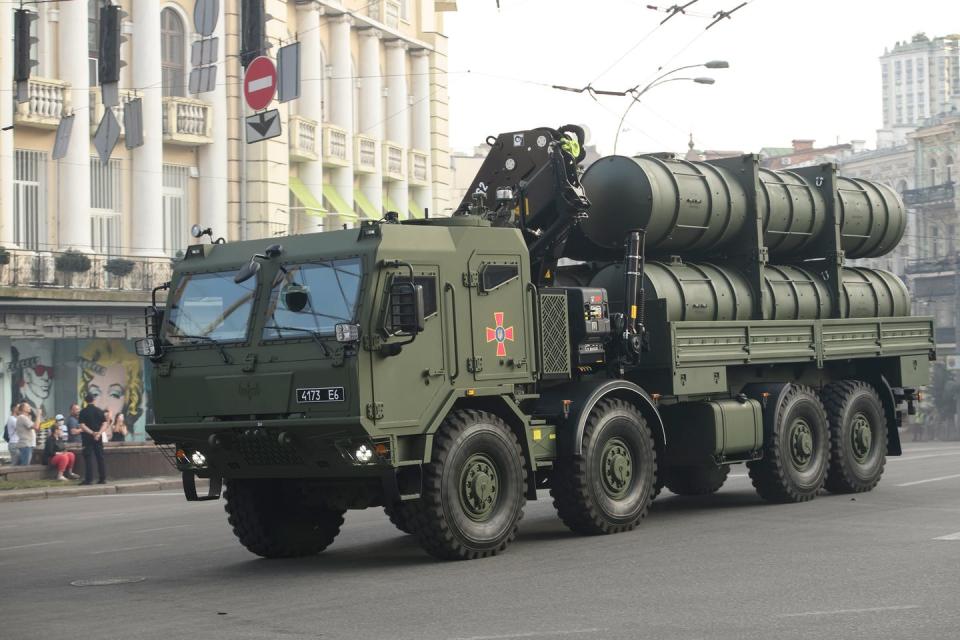
Moskva, at 600 feet long, was not a small ship. She was also not defenseless, with radar, SA-N-4 low-altitude surface-to-air missiles, and radar-directed AK-630 30-millimeter Gatling guns that should have offered a considerable amount of protection. That the ship intentionally sailed within range of the shore-based Neptune missiles suggests the Russian Navy thought it could defend itself.
A warship the size of Moskva should have shot down both Neptune missiles—this actually happened in 2016, when the guided-missile destroyer USS Mason shot down two ASCMs launched by Yemeni Houthi rebels. Moskva should have required more than two Neptune-type missiles to sink; in 1987, an Iraqi Exocet anti-ship missile, similar to Neptune, hit the frigate USS Stark and was saved by its crew. At just 4,000 tons, Stark was a third of the size of Moskva. There are numerous examples such as these that suggest Moskva should still be afloat, or at least have made it to Sevastopol.
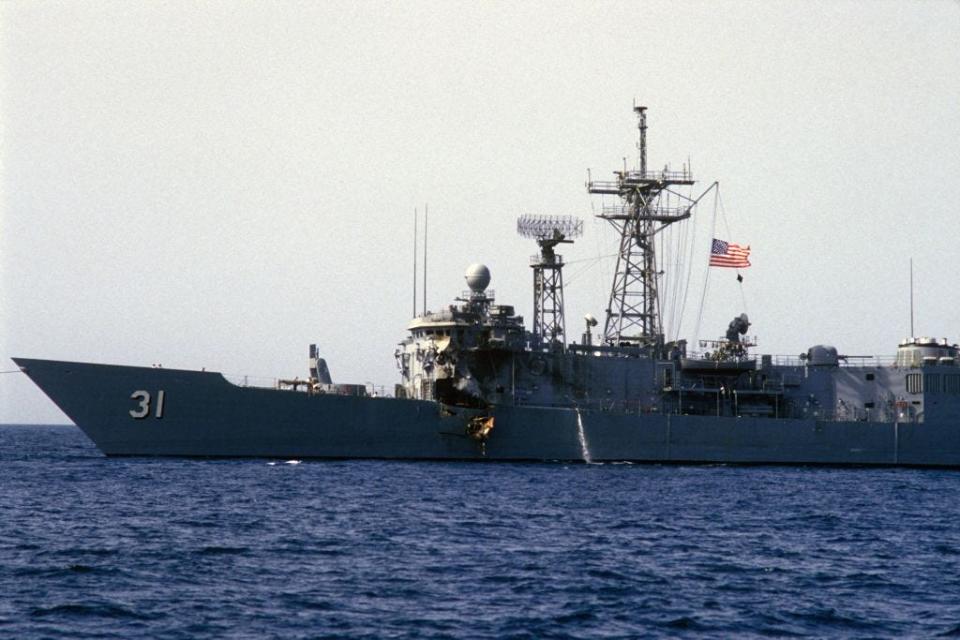
What went wrong? At some point during the chain of events—from detection to interception and then damage control—things went seriously awry. It could have been a problem with faulty equipment, or even the design of the ship. There are a multitude of examples in Russia’s invasion of Ukraine to suggest that, if the Russian Navy is of similar incompetence, the ship could have been lost due to ineptness on the part of the crew. Yet there’s nothing that directly suggests the problem was that it was a surface ship and not a submarine.
Moskva, sitting off the coast of Ukraine, was allegedly used to provide early warning and air defense for the southern flank of the Russian invasion. From her position, Moskva could use her Voskhod MR-800 search radar (NATO code name: Top Pair) to detect Ukrainian aircraft, then shoot them down with her S-300 surface-to-air missile system. Only a surface ship can conduct this mission, not a submarine—or at least submarines as we envision them today.
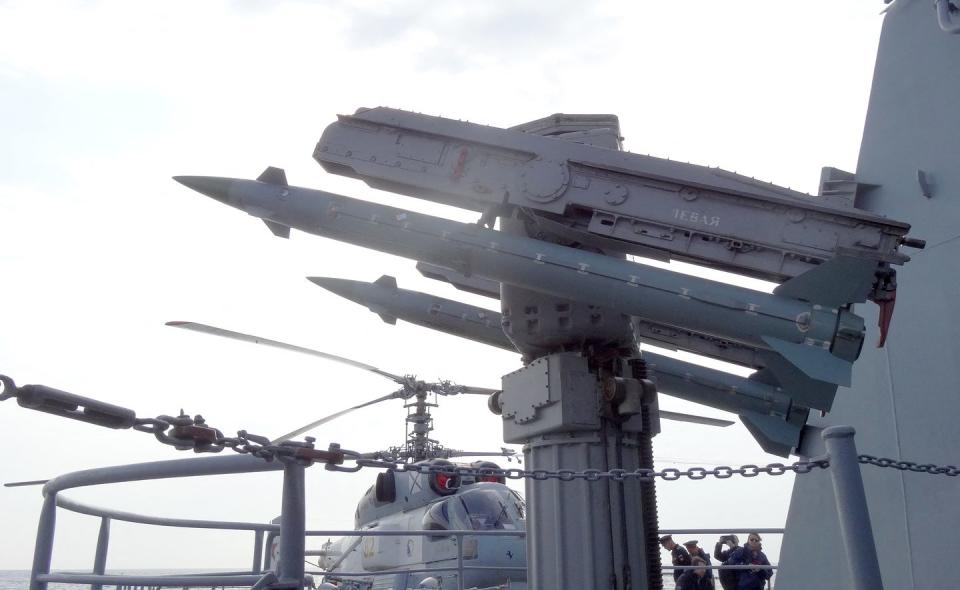
Submarines like the U.S. Navy’s Los Angeles, Seawolf, and Virginia-class attack submarines are an important part of the fleet, and in a future war might indeed become the apex predators of the high seas. But to submerge the fleet would be to cede the surface of the ocean, and the skies above it, to enemy forces. The Navy needs a well-balanced fleet that can wrestle control of the air, surface, and sub-surface realms from the enemy.
That means the U.S. Navy needs more submarines; current projections see the Chinese People’s Liberation Army Navy having more subs than the U.S. Navy by 2030. The war in Ukraine is defying conventional wisdom daily, from the retreat from Kyiv to the missile attack on Moskva. There will be a lot of lessons for foreign militaries to learn from when the war is over, but the obsolescence of the modern surface ship is not likely one of them.
You Might Also Like


